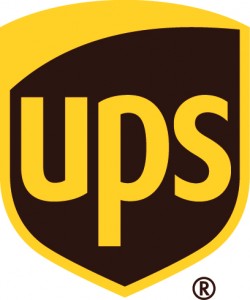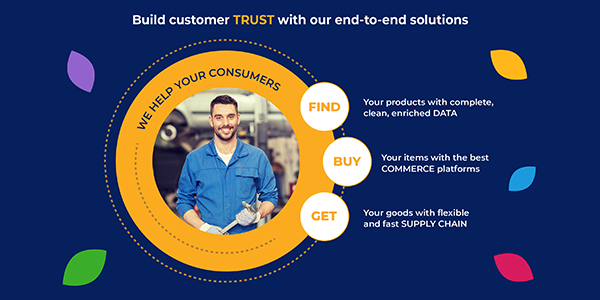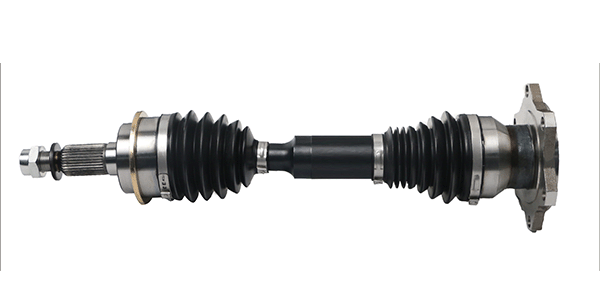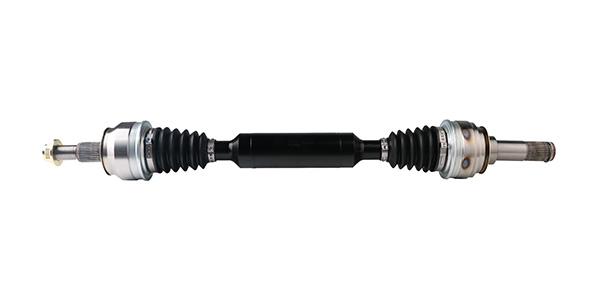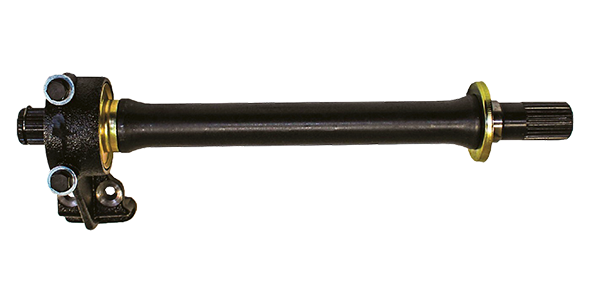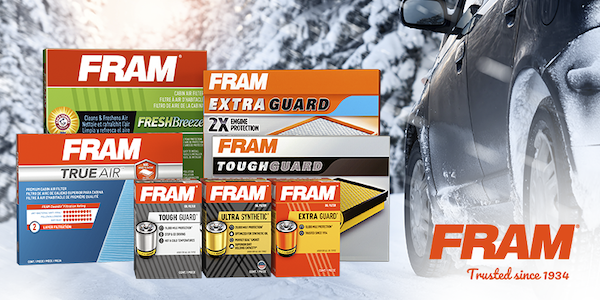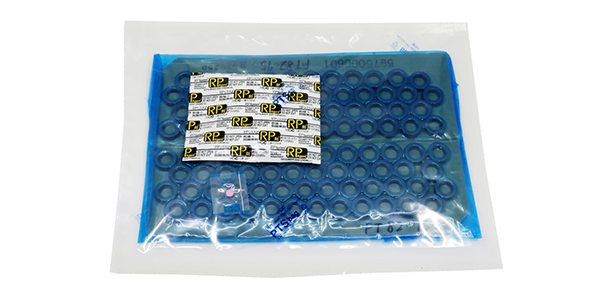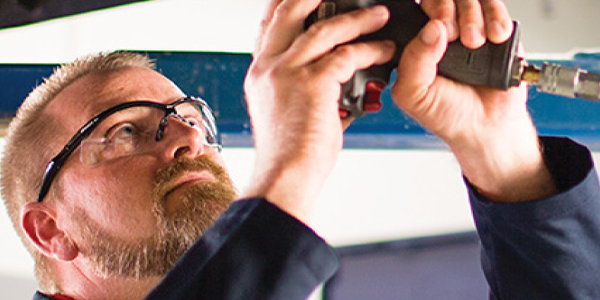 Probably the best example of a recent development with wide-ranging ramifications for both original equipment and aftermarket automotive manufacturers has been Ford’s introduction of an all-aluminum body F-150. The change from steel to aluminum was one way Ford could save weight on the way to meeting the federally mandated mile-per-gallon target.
Probably the best example of a recent development with wide-ranging ramifications for both original equipment and aftermarket automotive manufacturers has been Ford’s introduction of an all-aluminum body F-150. The change from steel to aluminum was one way Ford could save weight on the way to meeting the federally mandated mile-per-gallon target.
With the vehicle’s release came a host of questions and anxiety for those working on these new F-150 models, especially shops doing body work: What new tools are needed? New procedures? New safety training? And the use of aluminum doesn’t stop there. The new F-150 features aluminum suspension components and brake calipers.
Keep in mind, while those issues are debated and sorted out by body shops, your parts distribution operation is not immune from changes due to new manufacturing processes. A host of other vehicle parts are being put on a diet that will change, if they haven’t already, the way you approach your supply chain.
The good news? As it turns out, there is a lot of it to be found. Lighter components, made from composite and other alternative materials, create opportunities in your operation, which, if managed well, will reap rewards.
Lighter components may reduce shipping and handling costs due to their nature. While the part generally must be the same size, it will just weigh less. Heavy parts — such as brake calipers and control arms, which can be unwieldy for customers to handle — may need less packaging material. The chance for damage to occur due to mishandling heavy shipments may be lessened. Many parts may not require team lifting, and your business may save on labor costs.
As a practical matter, handling lighter parts may reduce the chance for employee injury and workers’ compensation claims. And what about delivery vehicles? What once required a full-size truck to deliver parts to your professional customers — due to weight limits — may now only require a smaller truck. Those vehicles come with lower purchase prices and insurance premiums. As a bonus, your business is now on its way to reduced fuel costs.
For your operation, lighter components may mean less need for special crating and packaging as well as skids and heavyduty shelving. Less-expensive, lower-capacity material handling equipment such as lifts and other tools could replace their heavier-duty counterparts. And lighter components can create opportunities above you — literally. What’s commonly called “air space” in tall warehouses, typically used for lighter parts, could be utilized to a greater extent.
When determining the advantages of lighter parts, 3PLs can provide valuable insights that can save costs. They consult on packaging and even assist with warehouse redesign for optimal efficiency. A 3PL like UPS is always looking to help companies optimize.
See how at ups.com/aftermarket.


